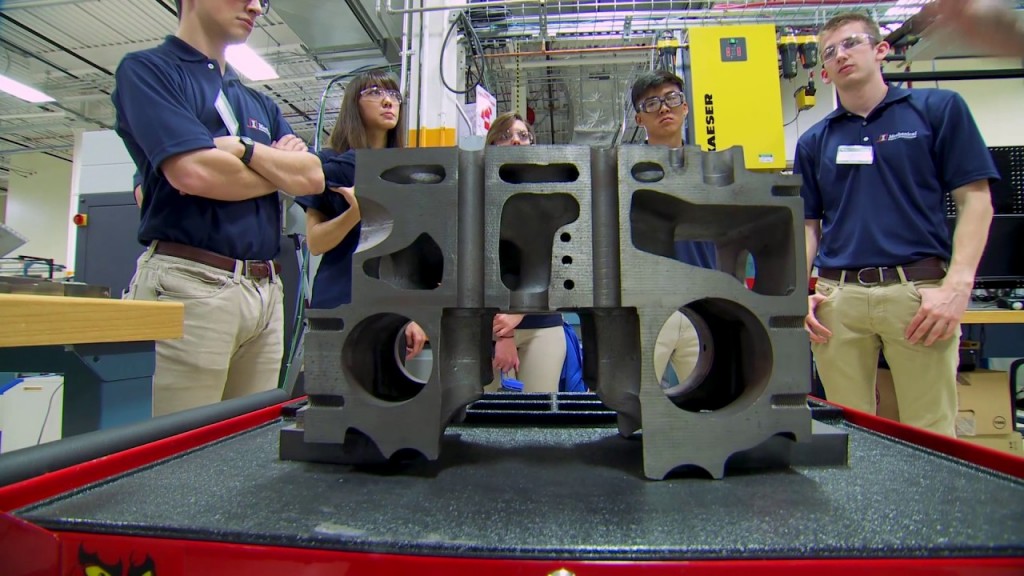 Integrating legacy systems with ERP and CRM is going to lay the foundation for new business models in 2017. With the ever-changing needs of customers, integration of these disparate systems is a good strategy through which businesses can provide accurate, fast responses to customers and stay competitive.
Integrating legacy systems with ERP and CRM is going to lay the foundation for new business models in 2017. With the ever-changing needs of customers, integration of these disparate systems is a good strategy through which businesses can provide accurate, fast responses to customers and stay competitive.
Here are five ways integration is likely to impact manufacturing in 2017:
1. Real-time information and transparency:
By integrating ERP systems with CRM, pricing, product catalogs, manufacturing execution systems (MES), and service, customers will receive real-time status updates of their orders. This information will also help planners to optimize their production schedule, fine-tune their materials requirement planning (MRP) and increase customer satisfaction. Errors in order fulfillment will come down and translate into higher profits.
2. Analytics will make manufacturing move faster:
One of the fastest ways manufacturing companies can fuel growth in 2017 is by integrating analytics with their systems to measure operations from the customer’s perspective. From quality checking to order fulfilment and meeting deadlines, manufacturers need to have analytics to make better decisions and reduce errors in judgment.
3. Improving new product success rates by integrating CRM, pricing, product catalog, and service and product lifecycle management (PLM) systems:
By bringing together these systems, manufacturers will be able to create new business lines that will shape new business models. Whether it is B2B or B2C, speed and time to market are a major part of any manufacturer’s business model. Manufacturers who receive feedback from customers through service and PLM systems and then use that information in their CRM systems can innovate faster than their competitors. Customer’s requirements are changing faster than ever and manufacturing firms should focus on their customers rather than their competitors.
4. Configure-price-quote (CPQ) will be the best strategy for increasing sales in 2017:
By integrating ERP, CRM and pricing systems manufacturers can cut down on the time taken to produce a quote or a proposal. Cloud versions are the best ERPs for manufacturing because of the reduced costs in implementing them and the ease in which these ERPs can be integrated with other systems. CPQ will continue to gain momentum as manufacturing firms will move to CPQ and integrated approaches to increase sales in the years ahead.
5. The rise of smart factories through integration:
Transparency and visibility will increase across the supply chain with the rise of “Smart factories.” With the emergence of technologies such as the Internet of Things (IoT) and cloud computing, these factories have sensors attached to all the devices used in production and real-time data generated by these devices would be used for analysis and decision making. Cloud ERPs are centralized and bring down capital expenditure which could be redistributed on IoT sensors and devices with analytics applications that would process the big data.
2017 could be the year in which manufacturing companies undergo a major transformation in the way they have been producing and operating across the supply chain. The rise in automation and artificial intelligence is also a promising development. It remains to be seen how management will incorporate these developments and how well they execute it. They know that the sooner the adoption the better, but the trick is the strategy and planning. For manufacturing companies the Robert F. Kennedy quote is turning into a reality and these are interesting times for these firms to survive and thrive or fade into obsolescence.


